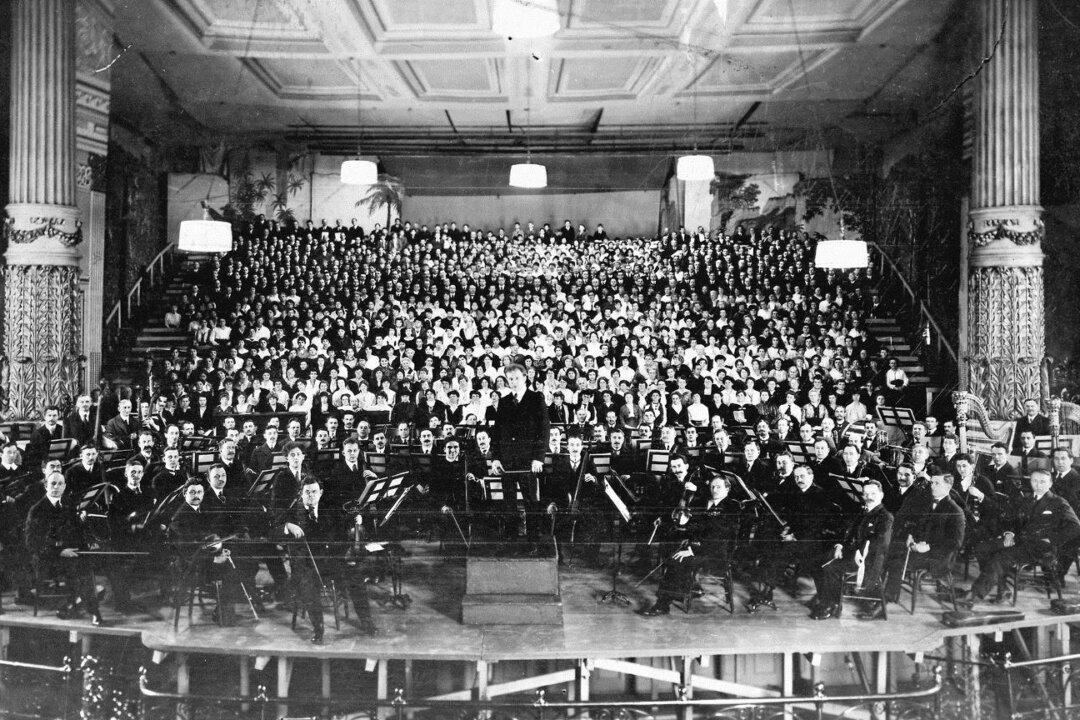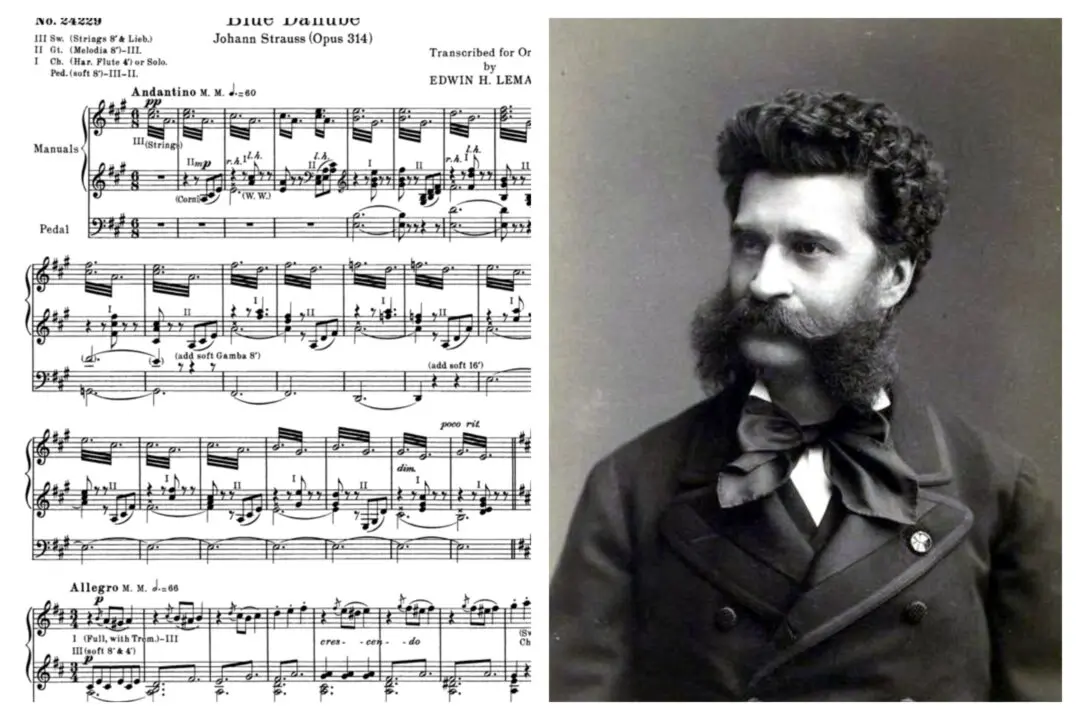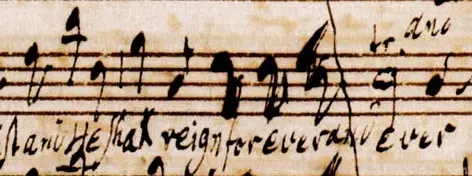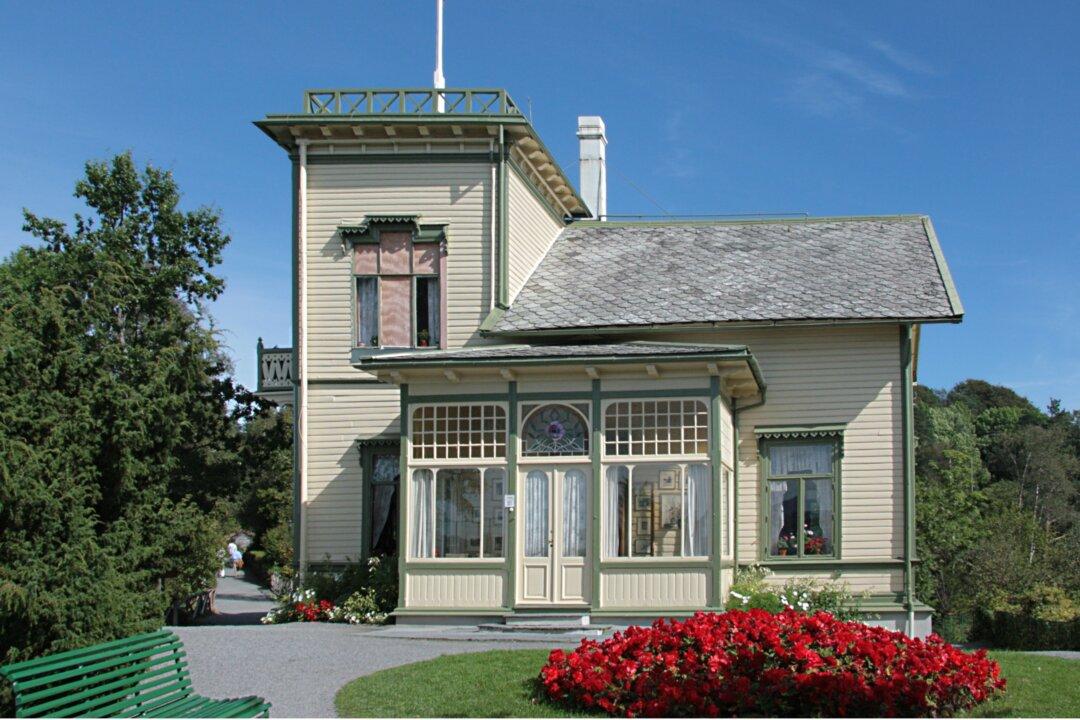Why should you, a busy person with many important items on your time-crunched agenda, take 90 minutes of your life to listen to Gustav Mahler’s Symphony No. 2?
Same question, different words: Why should you stop to experience vibrant testimony of a journey from nihilism to faith?






